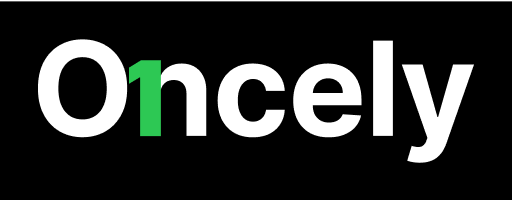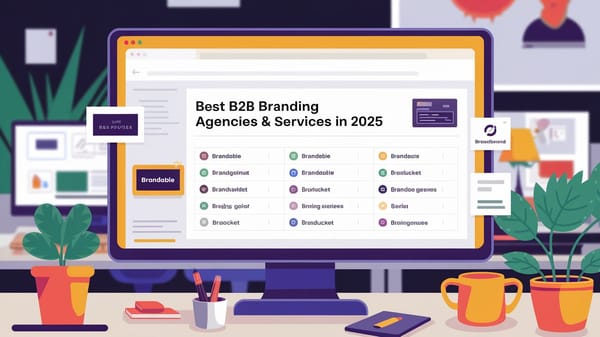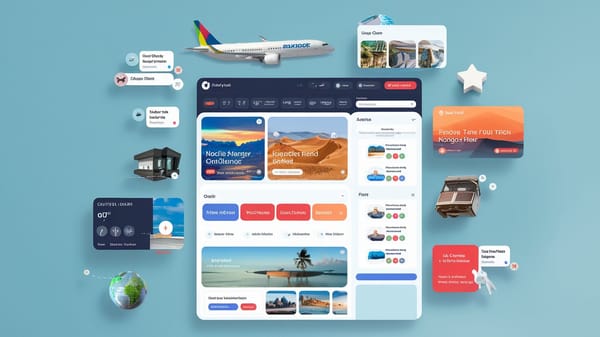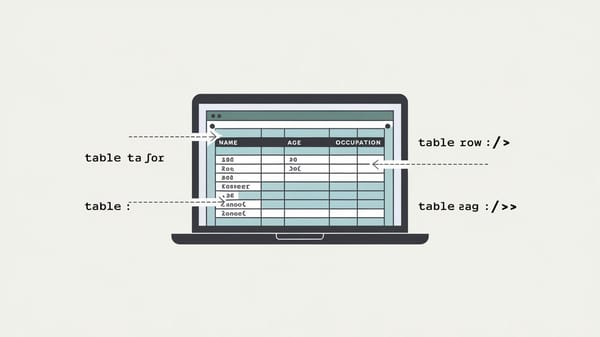How to Use B2B Facebook Ads for Marketing Physical Products
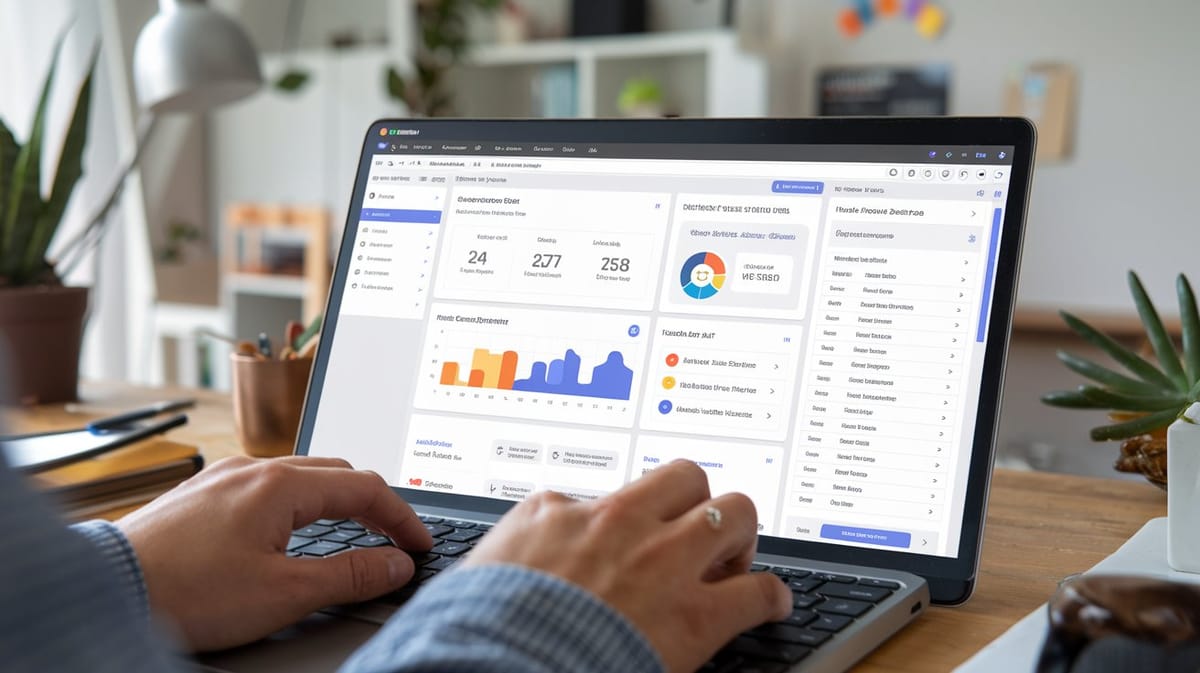
In the rapidly evolving digital marketing landscape, Facebook Ads have emerged as a powerful tool for businesses, including B2B (business-to-business) companies, to market physical products effectively. With over 2.8 billion monthly active users, Facebook offers unparalleled reach and sophisticated targeting options, making it a valuable platform for B2B marketers aiming to connect with decision-makers and drive conversions. However, crafting successful B2B Facebook ad campaigns requires a strategic approach, tailored to the unique needs of B2B buyers. This report delves into three best practices for B2B Facebook Ads for marketing physical products, providing actionable insights to optimize campaigns and maximize ROI.
You can also visit Oncely.com to find more Top Trending AI Tools. Oncely partners with software developers and companies to present exclusive deals on their products. One unique aspect of Oncely is its “Lifetime Access” feature, where customers can purchase a product once and gain ongoing access to it without any recurring fees. Oncely also provides a 60-day money-back guarantee on most purchases, allowing customers to try out the products and services risk-free.
Oncely is hunting for the most fantastic AI & Software lifetime deals like the ones below or their alternatives:

Understanding B2B Facebook Ads for Physical Products
What Are B2B Facebook Ads?
B2B Facebook ads are targeted advertising campaigns designed specifically for businesses to reach other businesses. Unlike B2C (business-to-consumer) ads, which aim to attract individual consumers, B2B ads focus on engaging decision-makers, executives, and professionals in companies.
Why Use Facebook for B2B Marketing?
- Advanced Targeting Options: Facebook offers tools like Custom Audiences, Lookalike Audiences, and demographic targeting to reach specific decision-makers based on job titles, industries, and company size.
- Cost-Effectiveness: Facebook ads are relatively affordable compared to traditional advertising methods, making them accessible for small and medium-sized businesses.
- High ROI: Facebook has been ranked as the social media platform with the highest ROI for B2B marketers.
Best Practice 1: Targeting the Right Audience
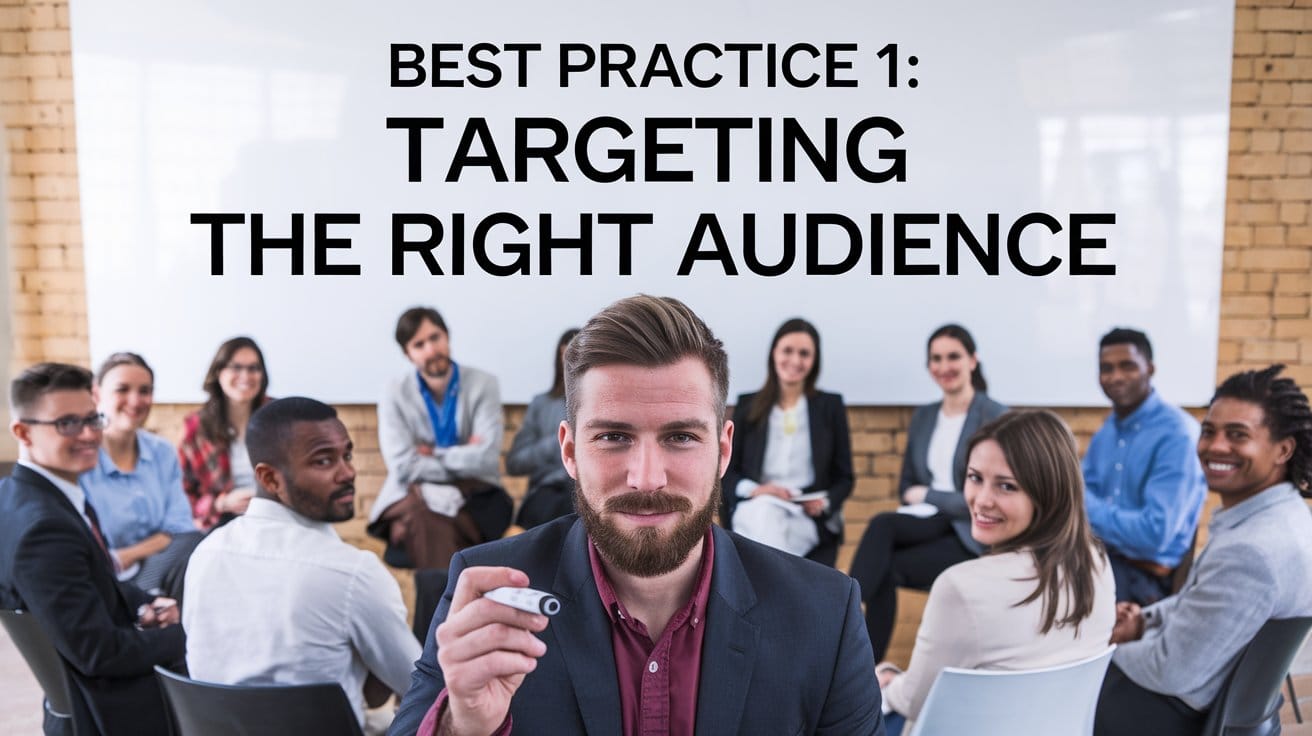
One of the most critical aspects of running successful B2B Facebook ad campaigns is targeting the right audience. Unlike B2C (business-to-consumer) campaigns, B2B advertising focuses on reaching professionals and decision-makers who influence purchasing decisions within organizations. Facebook's advanced targeting capabilities allow marketers to refine their audience based on job titles, industries, company sizes, and interests, ensuring that ads reach the most relevant prospects.
Key Strategies for Audience Targeting:
- Lookalike Audiences: Facebook's Lookalike Audiences feature enables marketers to target users who share similar characteristics with their existing customers. This is particularly effective for expanding reach while maintaining relevance. For example, targeting "marketing managers in B2B tech companies with 500+ employees" can help narrow the focus to high-value leads.
- Custom Audiences: Using Facebook Custom Audiences, businesses can retarget users who have previously interacted with their website, app, or ads. This strategy is highly effective for nurturing leads and driving conversions. For instance, dynamic ads can personalize messages based on a user's prior behavior, such as viewing a specific product.
- Interest and Behavioral Targeting: Facebook allows advertisers to target users based on their interests, behaviors, and connections. For B2B campaigns, this could include targeting professionals interested in industry-specific tools or solutions. For example, targeting users interested in "sales automation" or "supply chain management" can help businesses reach niche audiences.
Importance of Audience Insights:
Utilizing Facebook's Audience Insights tool is crucial for understanding the demographics, interests, and behaviors of the target audience. This data-driven approach helps refine targeting parameters and ensures that ads resonate with the intended audience.
Best Practice 2: Crafting Compelling Ad Copy and Visuals
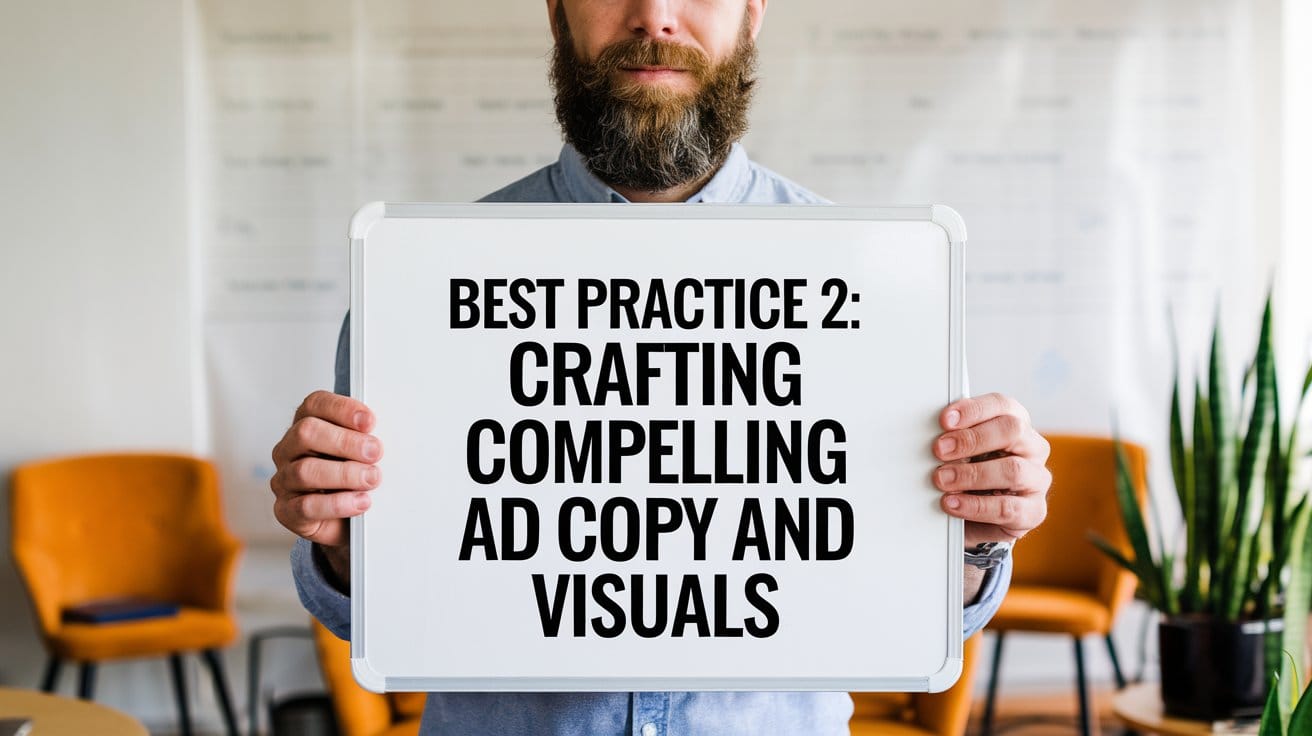
The success of a B2B Facebook ad campaign heavily relies on the quality of its ad copy and visuals. B2B buyers are often looking for solutions that address specific pain points or improve business operations. Therefore, the ad content must clearly communicate the value proposition and demonstrate how the product meets the needs of the target audience.
Key Elements of Effective Ad Copy:
- Focus on Value Propositions: Highlighting the benefits of the product, such as cost savings, efficiency, or high performance, is essential. For example, an ad for a supply chain management tool could emphasize its ability to "reduce operational costs by 20%."
- Problem-Solution Approach: The ad copy should address a specific problem faced by the target audience and present the product as the solution. This approach resonates well with B2B buyers who are often looking for practical and actionable solutions.
- Clear Call-to-Action (CTA): A strong and clear CTA encourages users to take the desired action, such as "Request a Free Demo" or "Download the Product Brochure." The CTA should align with the campaign's objectives, whether it's lead generation or brand awareness.
Importance of High-Quality Visuals:
- Professional Imagery: Using high-quality images or videos of the product in action helps build credibility and trust among B2B buyers. For instance, a short video demonstrating the features of a manufacturing tool can be more engaging than static images.
- Brand Consistency: The visuals should align with the company's branding to create a cohesive and professional image. This includes using consistent colors, fonts, and logos across all ads.
- A/B Testing: Running A/B tests on different ad creatives helps identify which visuals and copy perform best. For example, testing variations of headlines, images, or CTAs can provide valuable insights for optimizing future campaigns.
Best Practice 3: Leveraging Retargeting Strategies
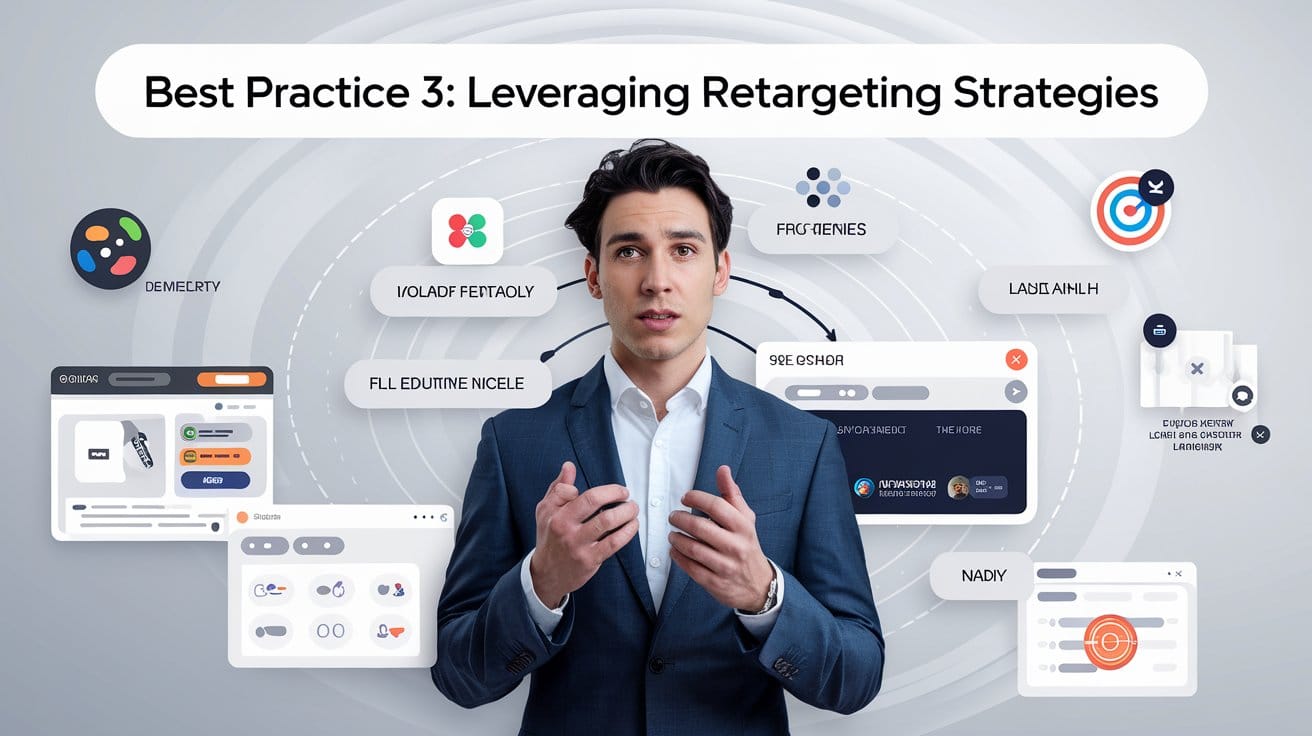
Retargeting is a powerful tactic for re-engaging users who have previously interacted with the brand but have not yet converted. In the B2B space, where the sales cycle is often longer and more complex, retargeting helps nurture leads and move them further down the sales funnel.
Effective Retargeting Strategies:
- Dynamic Ads: Facebook's dynamic ads allow businesses to automatically show relevant products to users based on their browsing behavior. For example, if a user viewed a specific industrial tool on the company's website, the ad could display that product along with related items.
- Exclusive Offers: Retargeting ads can include exclusive discounts, free trials, or premium content to entice users to return and complete their purchase. For instance, offering a "10% discount on first orders" can be an effective incentive.
- Content Marketing: Retargeting campaigns can also promote educational content, such as whitepapers, case studies, or webinars, to build trust and establish the brand as an industry leader. This approach is particularly effective for nurturing leads in the consideration stage.
Benefits of Retargeting:
- Higher Conversion Rates: Retargeting ads are more likely to convert because they target users who have already shown interest in the product or brand. According to industry data, retargeted users are 70% more likely to complete a purchase compared to new users.
- Cost-Effectiveness: Retargeting campaigns are generally more cost-effective than prospecting campaigns, as they focus on a smaller, more engaged audience.
- Enhanced Personalization: By leveraging data on user behavior, retargeting ads can deliver highly personalized messages that resonate with the audience, increasing the likelihood of conversion.
Conclusion
B2B Facebook ads offer a unique opportunity for businesses to market physical products effectively. By leveraging advanced targeting options, creating compelling ad content, and continuously optimizing campaigns, businesses can achieve significant growth in sales and brand awareness. The case studies presented in this report demonstrate the potential of well-executed B2B Facebook ad campaigns across various industries.
As the digital landscape continues to evolve, businesses must adapt their strategies to stay competitive. With the right approach, B2B Facebook ads can be a game-changer for marketing physical products.
